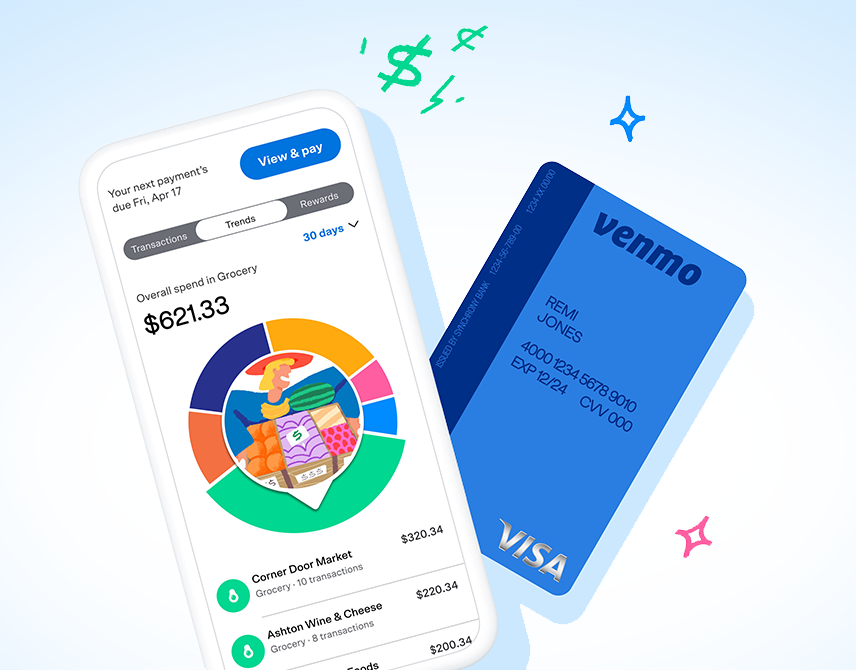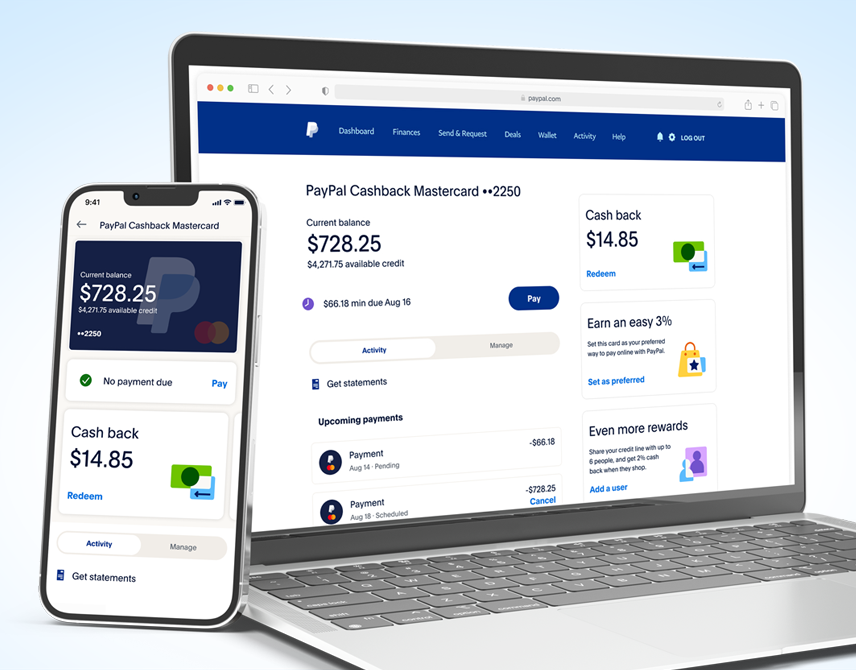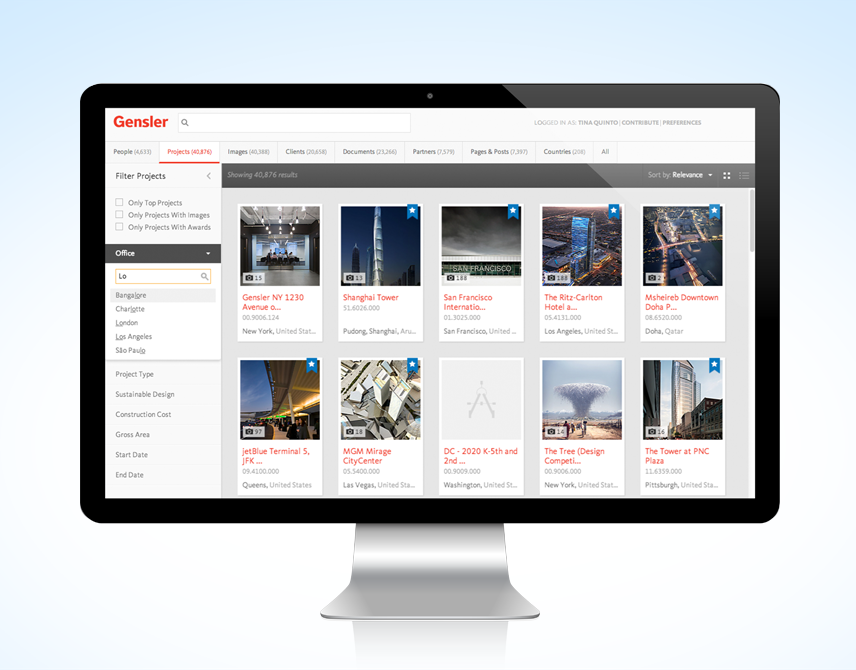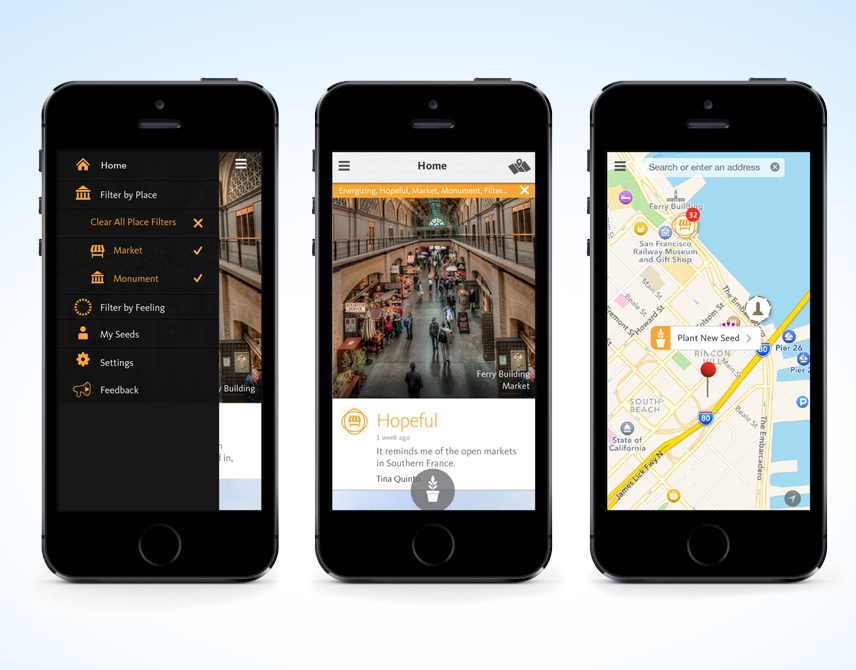My Role
Collaborate with the in-house design team & agency designers to create several new mobile concepts for a large discount retailer based on a thorough four month discovery research process.
Problem to Solve
Reduce the conversion gap between mobile channels and the desktop channel
Approach
Competitive Analysis
Qualitative Mobile Diary Study
Participatory Design Workshop
Design Principles
Concepting
Prototyping
Qualitative Mobile Diary Study
Participatory Design Workshop
Design Principles
Concepting
Prototyping
Competitive Analysis
The goals of the competitive analysis were to understand how key players positioned their mobile channels across the overall shopping experience in order to identify areas of focus for the research portion of the project.
We conducted a broad audit across 17 competitors and 6 wildcards, and identified the three main themes that emerged across our strongest competitors. Findings were compiled into a full presentation and executive summary presentation.
Qualitative Mobile Diary Study
We used the mobile app tool dscout to conduct a mobile ethnographic diary study of customers during the shopping journey, sending participants on three missions which they recorded via their mobile phones. We synthesized the data, creating a working customer journey map.
Participatory Design Workshop
Based on the data from the dscout research we had five main customer insights that we wanted to further investigate. We created a participatory design workshop ‘customer journey map theater’ to co-create a final journey map and begin to brainstorm future ideas with customers. We worked with 8 customers from the dscout research group, dividing the group into two teams.
Design Principles
We synthesized the customer insights from the qualitative research into four design principles that would guide the concepting phase of the project.
Concept Sketches
Each designer focused on 1–2 key moments in the customer journey to sketch ideas that would alleviate customer pain-points while creating value for the business. We presented 10 concepts to the business and technology stakeholders who then participated in a prioritization workshop to identify the three most promising concepts to take forward. Below are early sketches I created for four of the concepts.
Proof-of-Concept Prototype
The team created high-fidelity prototypes for the top two concepts to pitch to executives as they planned the upcoming mobile roadmap.
User Flow
Quick white-board sketch of the prototype flow to align team members who were working on the interactive prototype in Axure
Main Screen
High-Resolution prototype created in Adobe Photoshop & Axure for a 'Deal Boards' concept.



